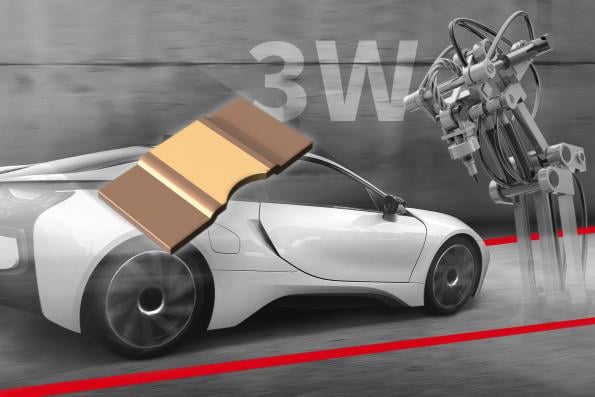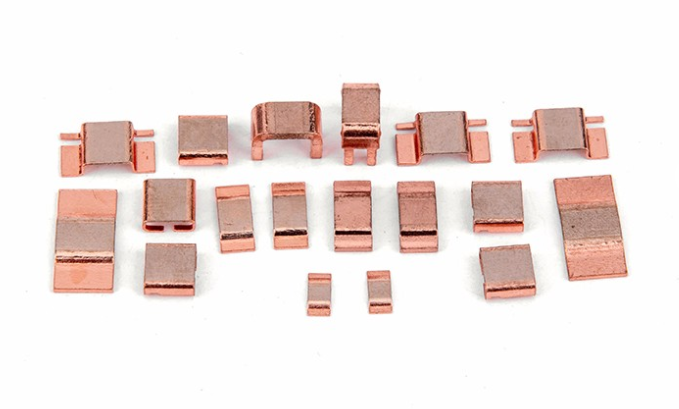
In the realm of electrical engineering, various components play pivotal roles in ensuring the optimal functioning of circuits. One such component is the shunt resistor. This blog post aims to shed light on what shunt resistors are, their significance, and their indispensable role in electrical circuits.
Definition and Function:
A shunt resistor, also known as a current-shunt resistor, is a precision resistor that is primarily employed for measuring electric current. It is designed to divert a known proportion of the current away from the primary load, thereby enabling accurate current measurement. The shunt resistor is typically connected in parallel to the load or component under test.
Measurement Accuracy:
The role of a shunt resistor in electrical circuits is vital for achieving accurate current measurement. By diverting a predetermined fraction of the current, shunt resistors allow the remaining current to pass through the load unhindered. The voltage drop across the shunt resistor is directly proportional to the current flowing through it, enabling precise current measurements through Ohm's Law (V = I × R).
Types and Characteristics:
Shunt resistors are available in various types, including precision wire-wound, metal strip, and thin film resistors. The choice of shunt resistor depends on parameters such as desired accuracy, power dissipation, temperature coefficient, and operating conditions. Metal strip shunt resistors, for instance, offer higher stability and lower temperature coefficients compared to wire-wound resistors.
Applications:
Shunt resistors find applications in diverse fields, such as power measurement, current sensing, battery management, and electric vehicle systems. They are extensively used in ammeters, digital multimeters, power supplies, solar inverters, and motor control systems. Shunt resistors facilitate accurate current monitoring, enabling efficient operation and protection of electrical devices.
Considerations for Selection:
When selecting a shunt resistor, factors such as its power rating, tolerance, temperature coefficient, and resistance value must be carefully considered. Additionally, the shunt resistor should be capable of handling the anticipated current without excessive power dissipation, which can lead to thermal issues and inaccurate measurements.
Conclusion:
Shunt resistors play a crucial role in electrical circuits by enabling accurate current measurement. Their ability to divert a known proportion of the current ensures that the primary load remains unaffected while providing precise measurement capabilities. By understanding the significance of shunt resistors and considering their specific characteristics, engineers can make informed decisions when integrating them into their designs.
In the realm of electrical engineering, various components play pivotal roles in ensuring the optimal functioning of circuits. One such component is the shunt resistor. This blog post aims to shed light on what shunt resistors are, their significance, and their indispensable role in electrical circuits.
-

SMD resistance is mainly compo
Patch resistance is mainly composed of four partsSubstrate:The substrate materia...
2023-03-18 view+ -

Wireless BMS helps upgrade new
Wireless BMS helps upgrade new energy vehiclesIn the first half of 2022, the sal...
2022-12-20 view+ -

What new materials will be use
A plug-in shunt is a common component of the power system, mainly used for bran...
2023-05-30 view+ -

Application of u-type shunt in
A U-type SHUNT is an electrical component used primarily in power systems to mea...
2023-05-27 view+


